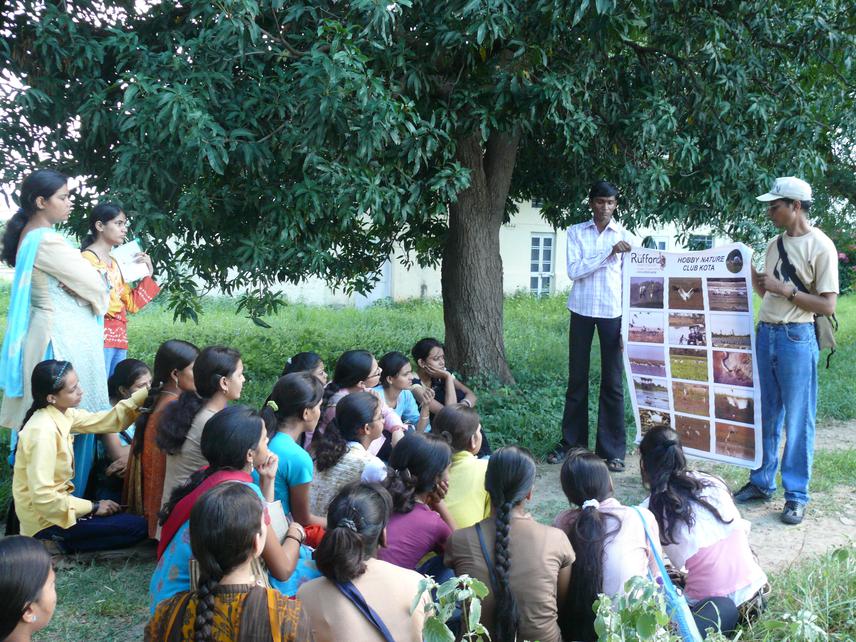Jatinder Kaur
Other projects
15 Dec 2006
Community Involvement in Conservation of Sarus Crane Breeding Habitat in Three Districts of Semi-Arid Tract of Rajasthan I
The Sarus crane is categorized as Vulnerable on the IUCN Red List and occurs in wetlands. Sarus cranes are mostly found outside protected area networks and use these unprotected areas for feeding and breeding, thereby increasing the threat of their being poached or the destruction of their eggs and juveniles. Meine and Archibald (1996) indicate that “wetland conservation should be integrated into village-based farmer education and development programmes” as a priority requirement for preserving the habitat of the Indian Sarus Crane.

An awareness programme was carried between February 2007 to May 2008 in the three districts to engage children and farmers in conservation, comprising various activities. As a result 30 protection groups were formed consisting of local youth. The protection resulted in 99 chicks successfully fledging from 79 nests and 48 new wetlands were recorded first time. The results demonstrate that such programmes are crucial in augmenting the breeding success, thereby increasing Sarus Crane populations in some areas. This model is now known as the Kota model for conservation.
Education is a vital part of any attempt to enforce legal protection for the Sarus crane and for the long term conservation of the species outside protected areas; more community protection groups and education and awareness programmes will be required in other breeding areas. Development of an active network of farmers, village communities and Ngo’s will facilitate improved conservation of the species. Our experience with the earlier project has demonstrated that it is possible to re-establish a bond between farmers and nature. Furthermore it has been adopted as Kota model and implemented in other areas with modifications. Detailed study on local and seasonal movement of Sarus cranes in both wet and dry nesting period is required by banding juveniles and information on their movement have to be documented on a prolonged basis. This will provide information on the critical habitats to be conserved.